The fishing village had been evacuated and no one was in danger, authorities said. Streams of molten rock and smoke spewing from cracks in the ground reached the town of Grindavik, live video showed by the Morgunbladid daily.
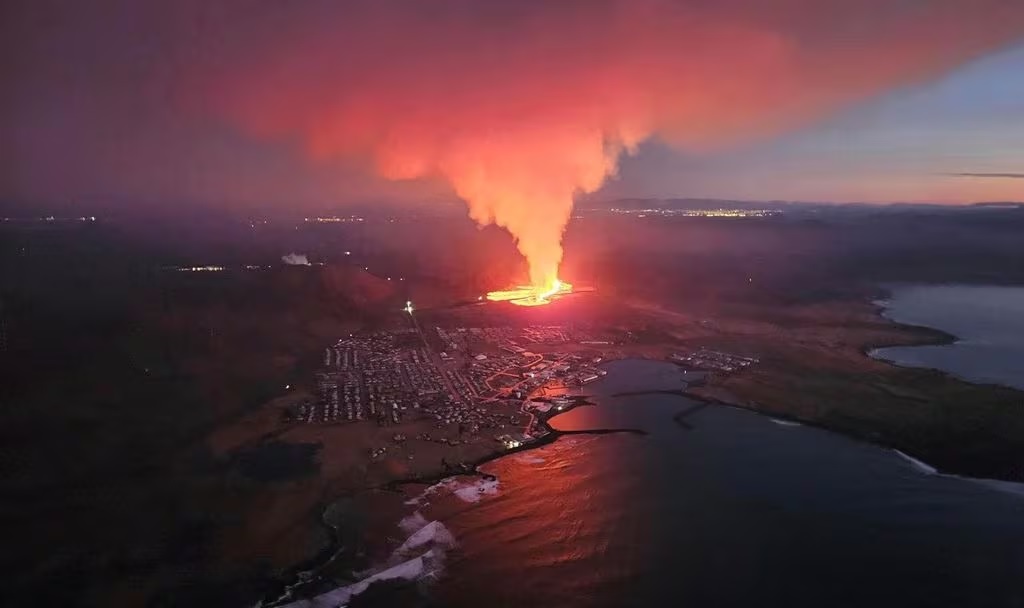
A volcano spews lava and smoke next to a fishing village on the Reykjanes Peninsula, Iceland on January 14, 2024. Photo: Icelandic Civil Protection Agency
“No lives are in danger, although infrastructure may be threatened,” Icelandic President Gudni Johannesson said on social media site X.
Authorities said the eruption began early on Sunday north of the town of Grindavik, which had just hours earlier been evacuated for the second time since November.
Authorities have built earth and rock barriers in recent weeks to try to stop lava reaching Grindavik, about 40 km southwest of the capital Reykjavik, but the latest eruption has breached those defences.
This is the second volcanic eruption on the Reykjanes Peninsula in southwestern Iceland in less than a month and the fifth since 2021.
Last month, an eruption that began at the Svartsengi volcanic system on December 18 forced the complete evacuation of Grindavik's 4,000 residents a month in advance, as well as the closure of the popular tourist destination Blue Lagoon.
Iceland has more than 30 active volcanoes, making the northern European island nation a top destination for volcano tourism, attracting thousands of thrill-seekers each year.
In 2010, an ash cloud from the eruption of the Eyafjallajokull volcano in southern Iceland covered much of Europe, grounding some 100,000 flights and forcing hundreds of Icelanders to evacuate.
Unlike Eyafjallajokull, the Reykjanes volcanic system is not trapped under glaciers and is therefore not expected to produce similar ash clouds.
Huy Hoang (according to Reuters)
Source



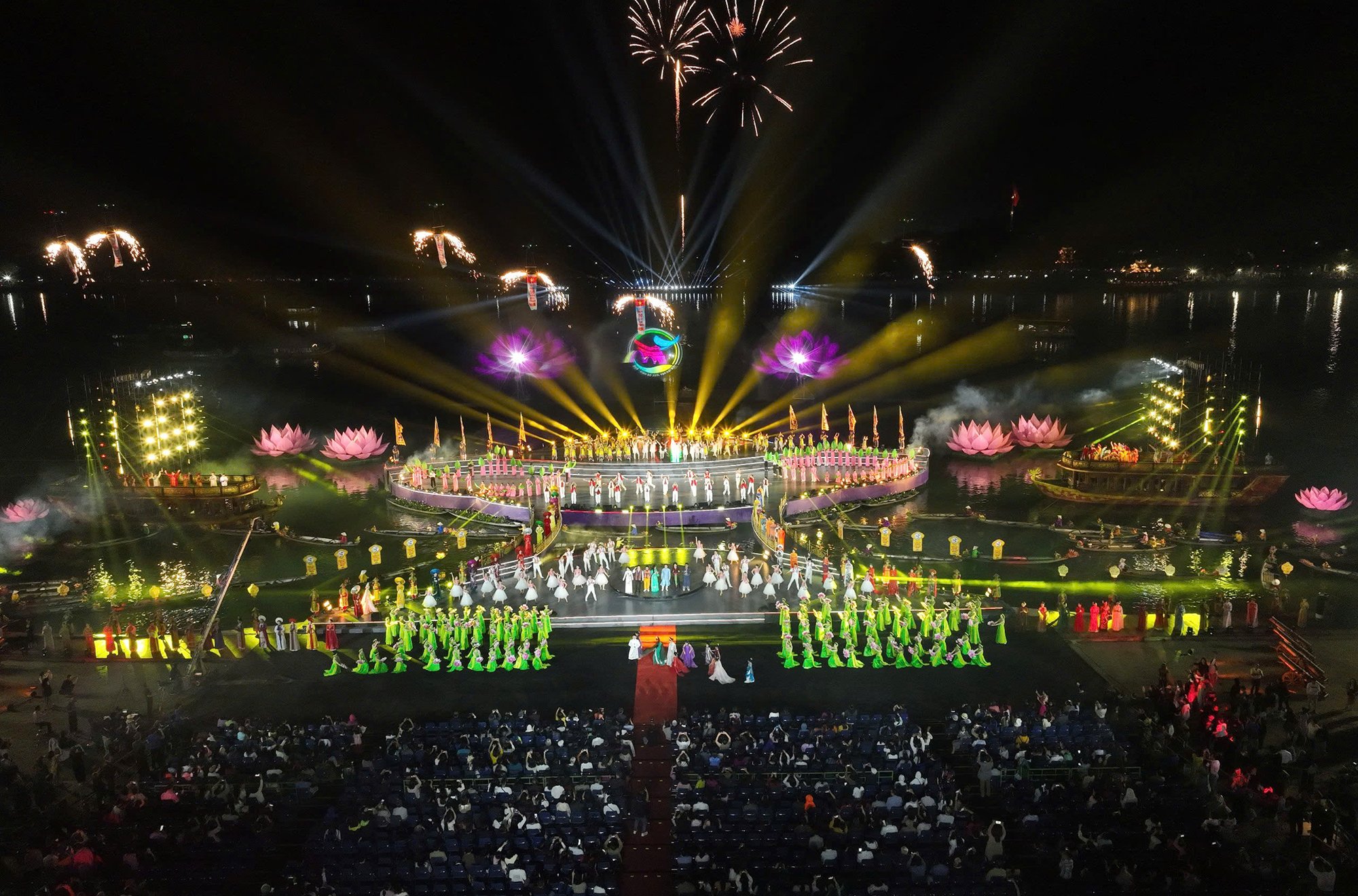

![[Photo] Head of the Central Propaganda and Mass Mobilization Commission Nguyen Trong Nghia received the delegation of Nhan Dan Daily](https://vstatic.vietnam.vn/vietnam/resource/IMAGE/2025/3/25/cdb71275aa7542b082ec36b3819cfb5c)
![[Photo] Fragrant grapefruit flower season by the river](https://vstatic.vietnam.vn/vietnam/resource/IMAGE/2025/3/26/8142e4cf776542758c0cbc6b144215b3)
![[Photo] Regiment 271, Tri Thien Military Region: 50 years of return](https://vstatic.vietnam.vn/vietnam/resource/IMAGE/2025/3/26/efdc2945a526480e94e4210e2c6263a5)
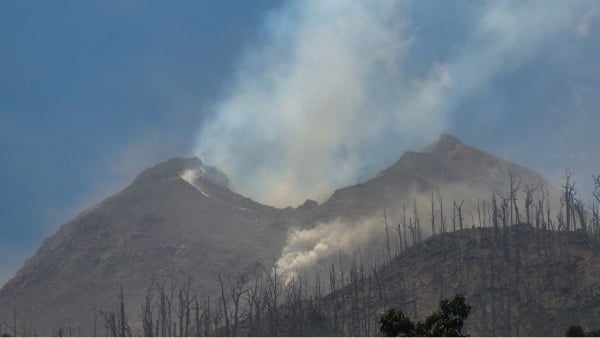

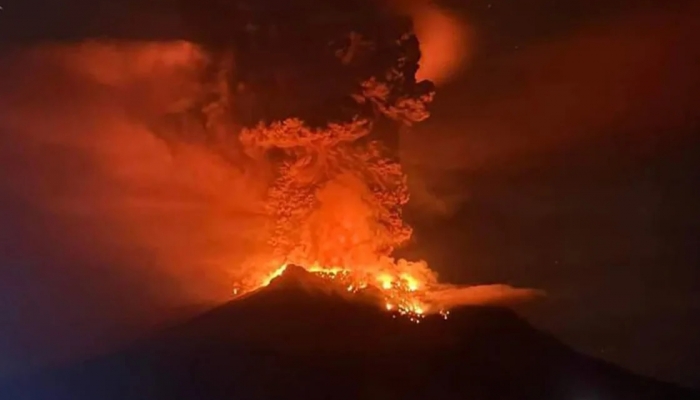
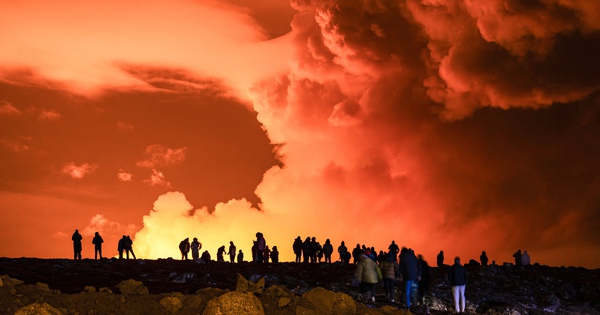

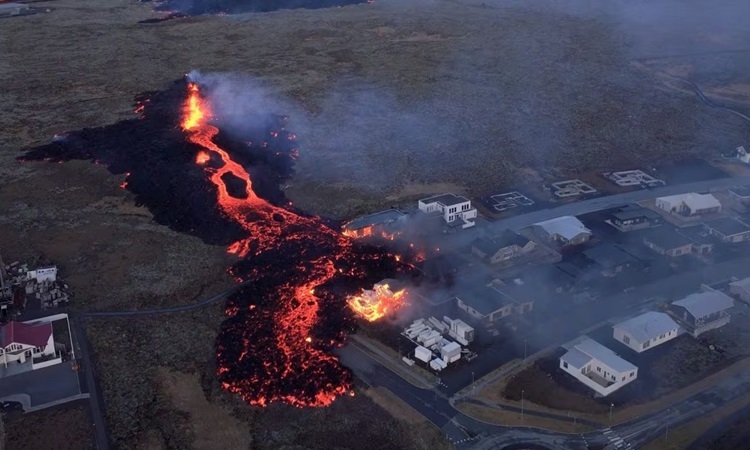


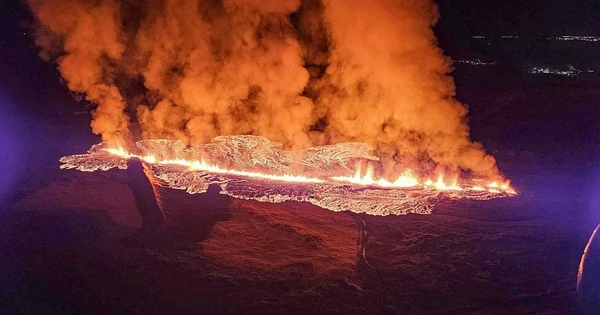
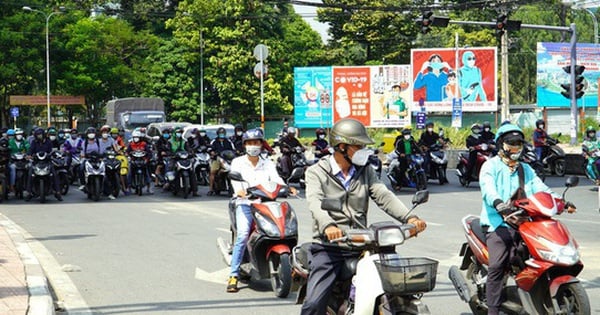
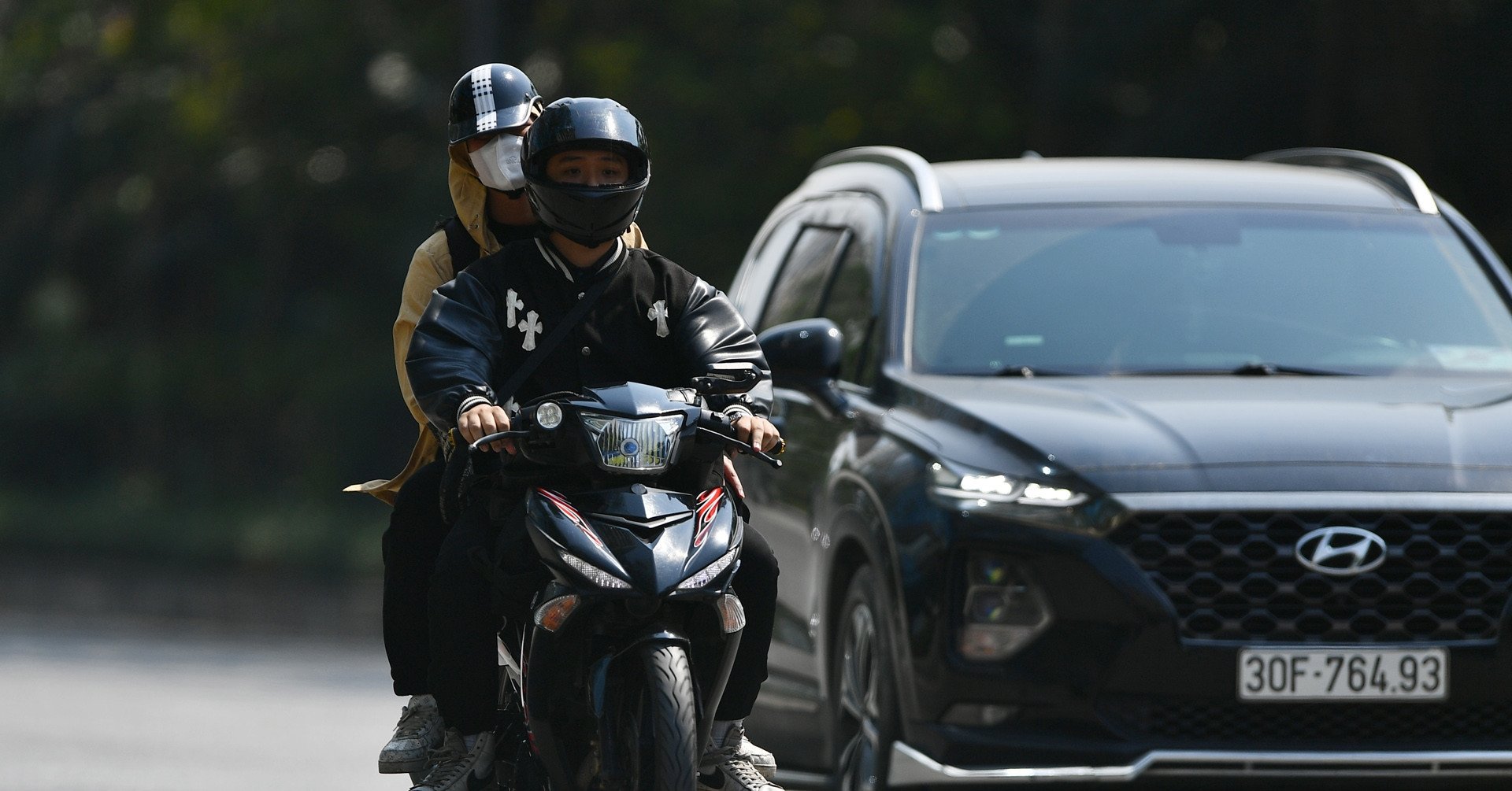
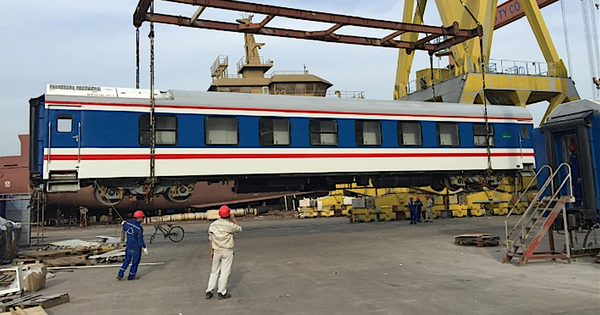
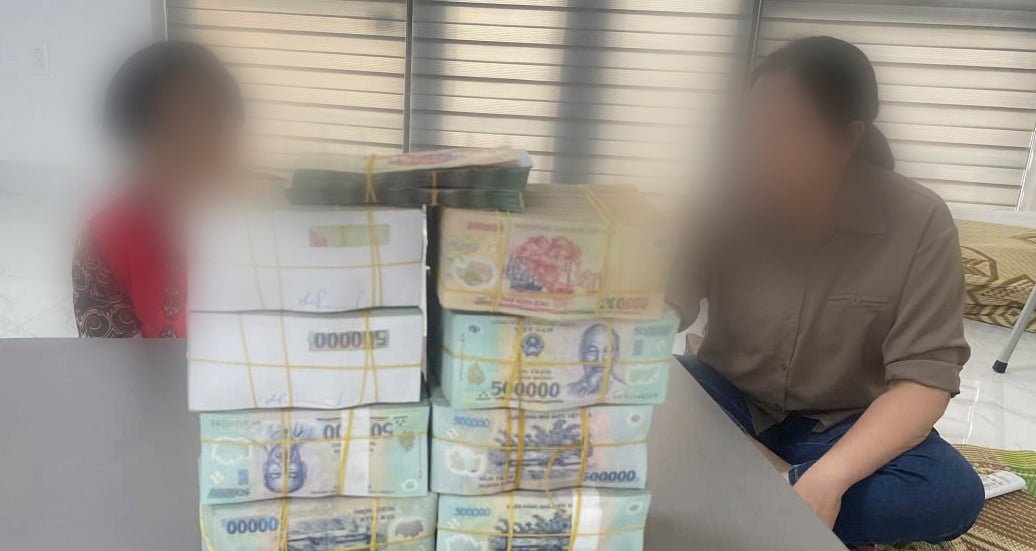
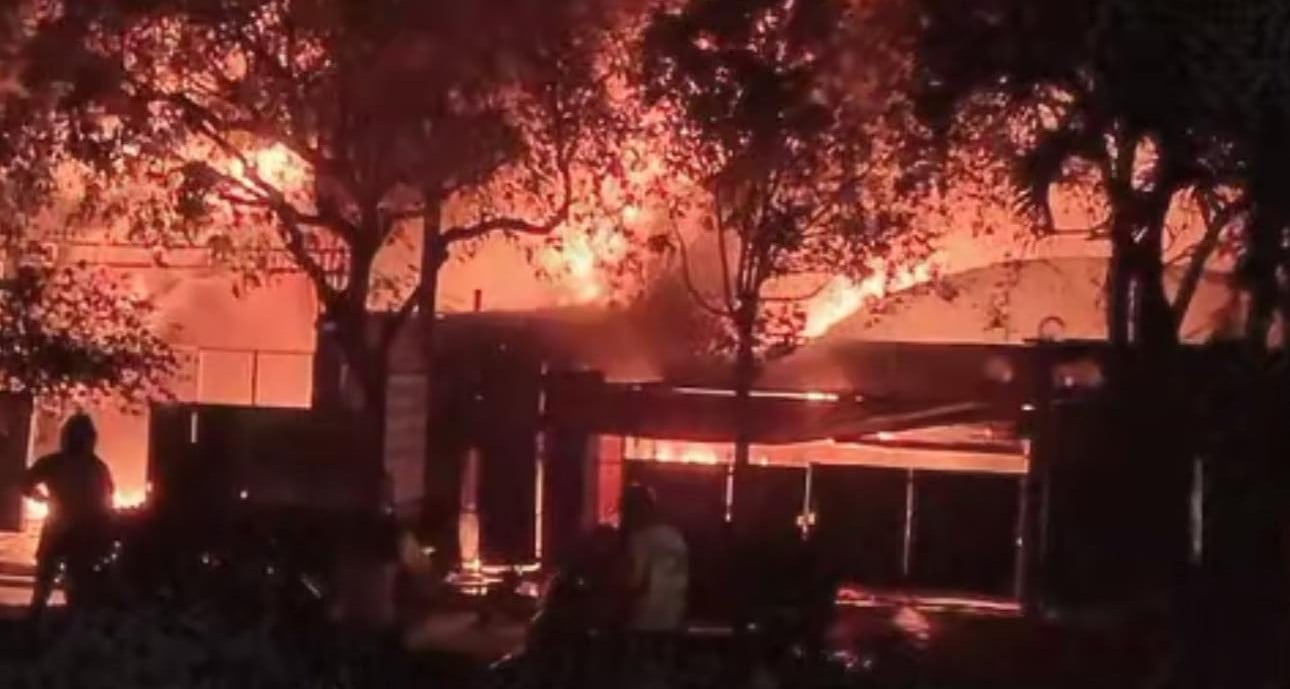




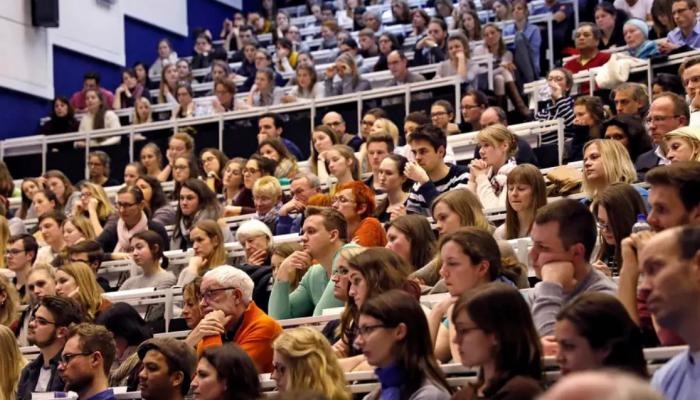
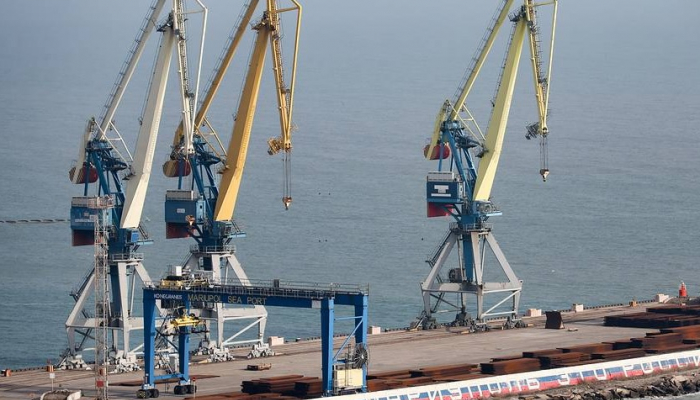
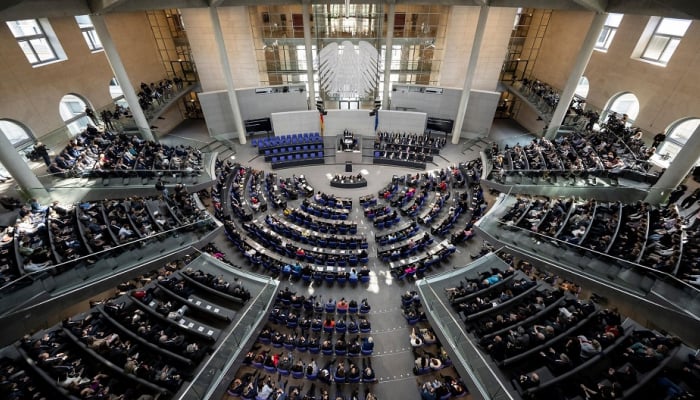


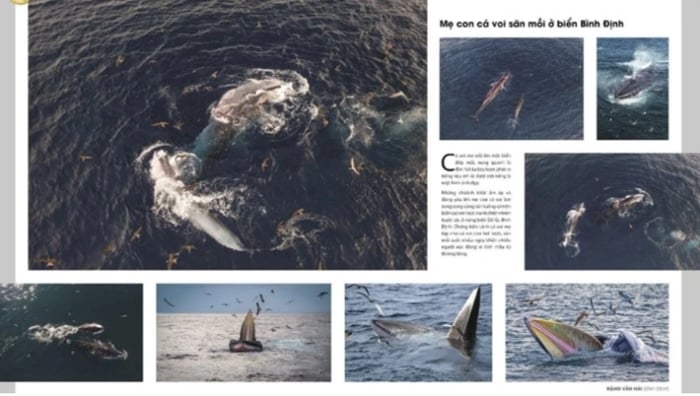
![[Photo] Prime Minister Pham Minh Chinh meets with the Ministry of Education and Training; Ministry of Health on the draft project to be submitted to the Politburo](https://vstatic.vietnam.vn/vietnam/resource/IMAGE/2025/3/25/c0e5c7348ced423db06166df08ffbe54)
![[Photo] Cadres and members of Nhan Dan Newspaper visit the Vietnam Military History Museum](https://vstatic.vietnam.vn/vietnam/resource/IMAGE/2025/3/25/374e4f70a35146928ecd4a5293b25af0)

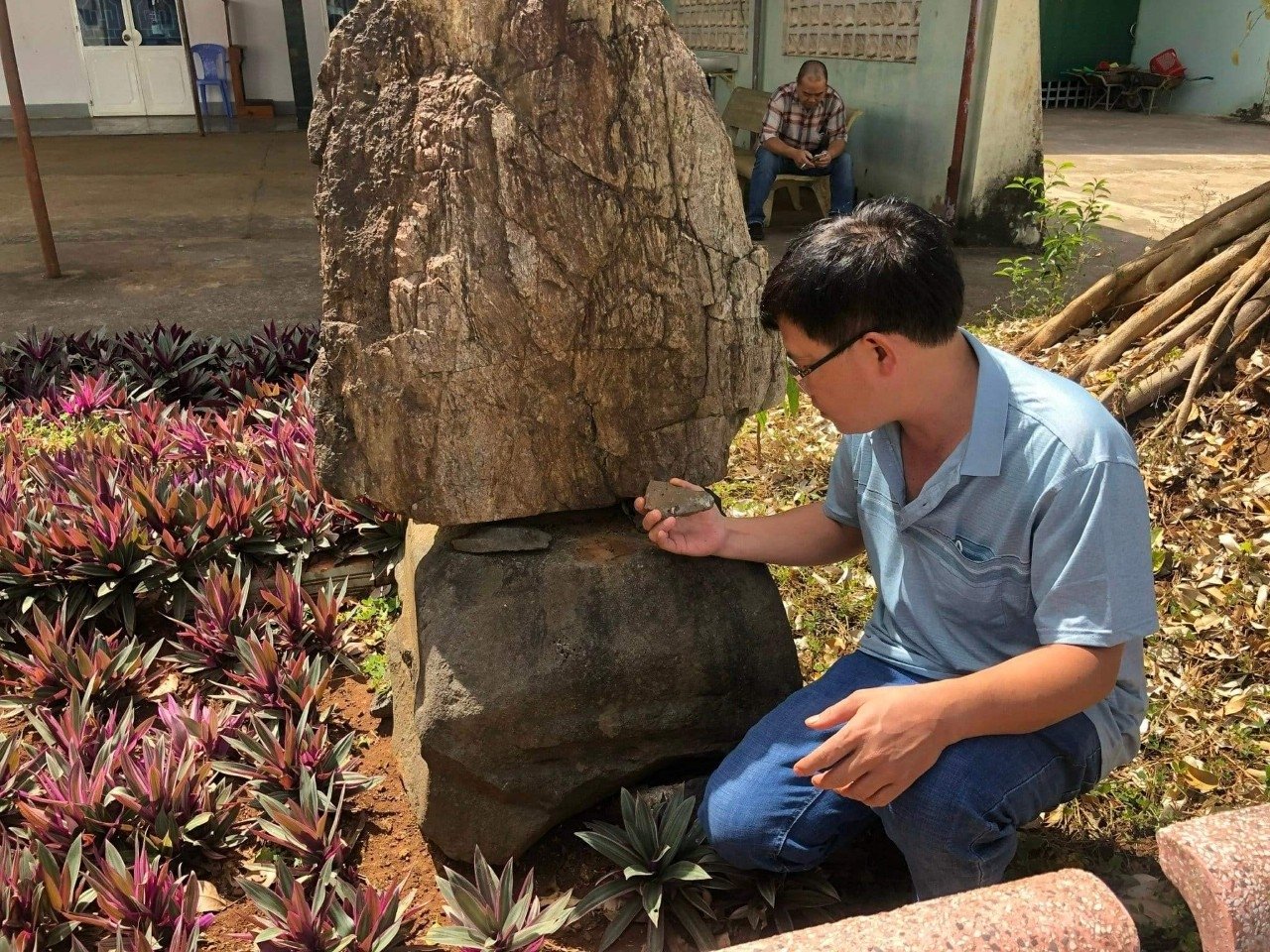

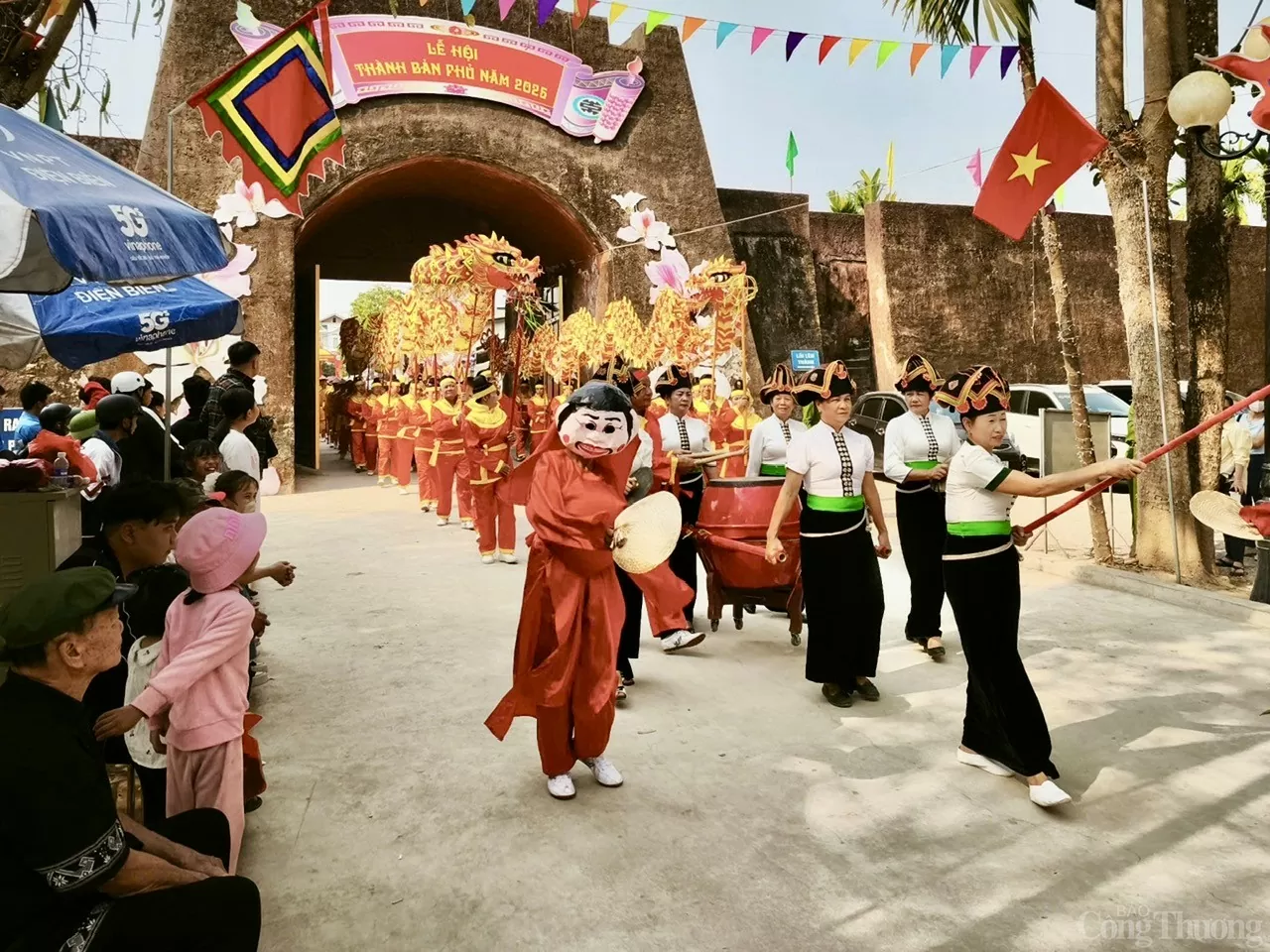

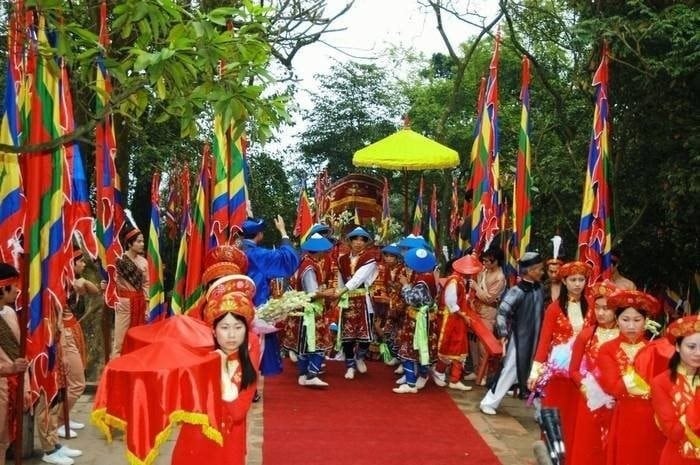

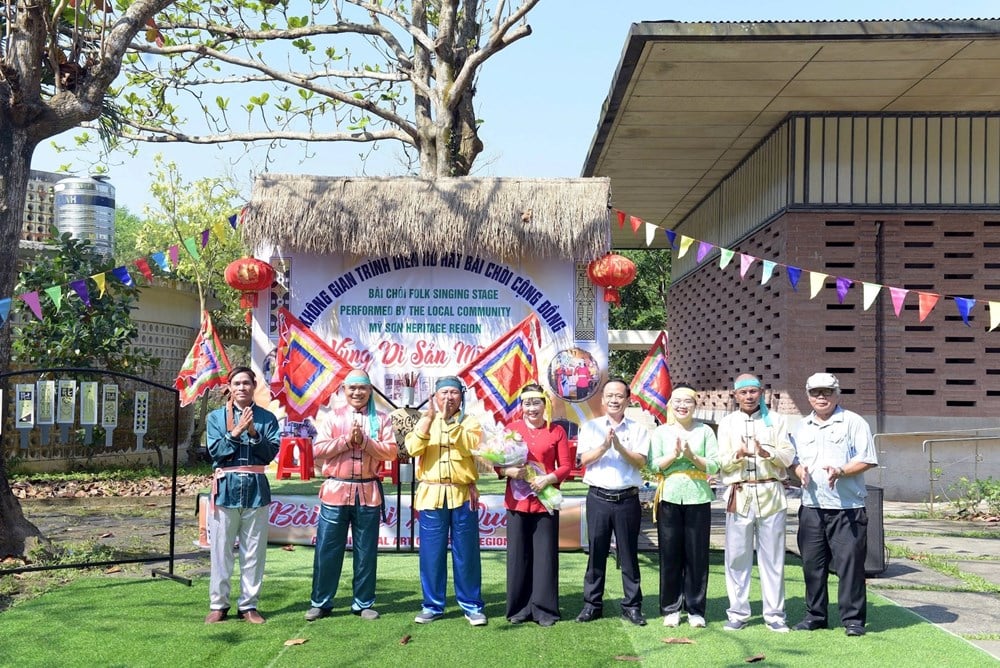

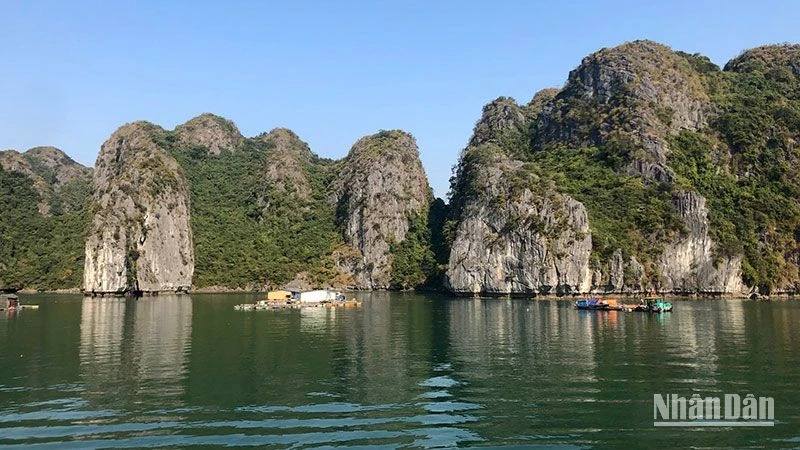



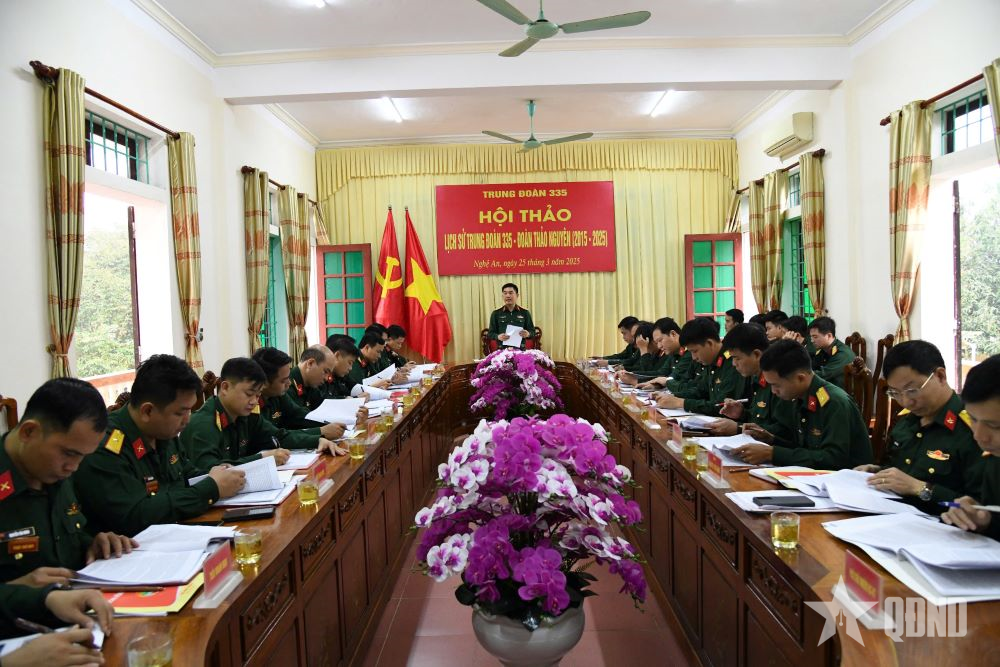






















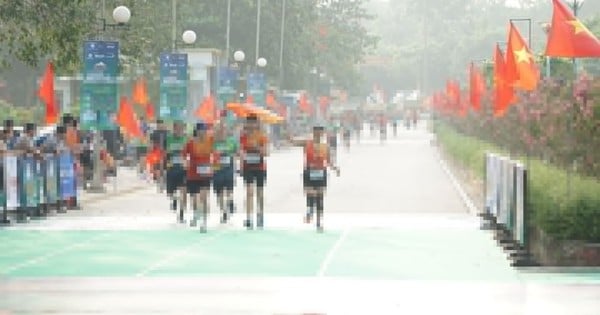




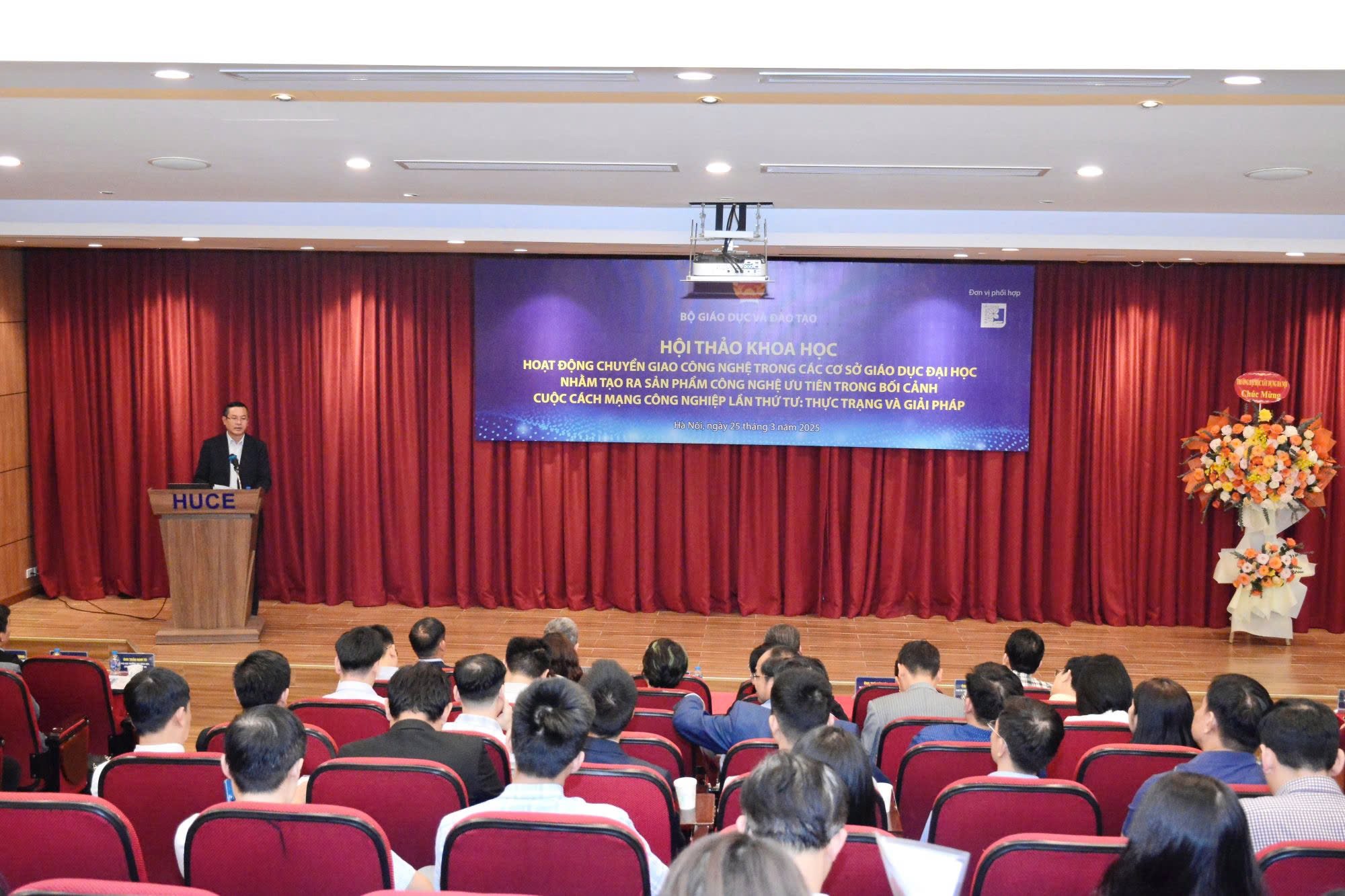


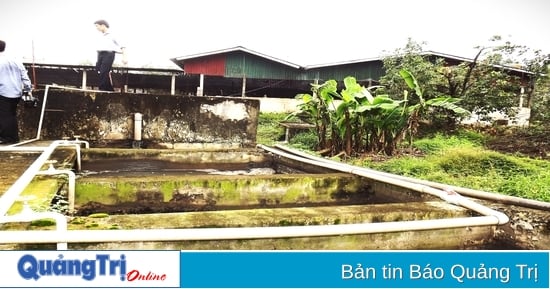


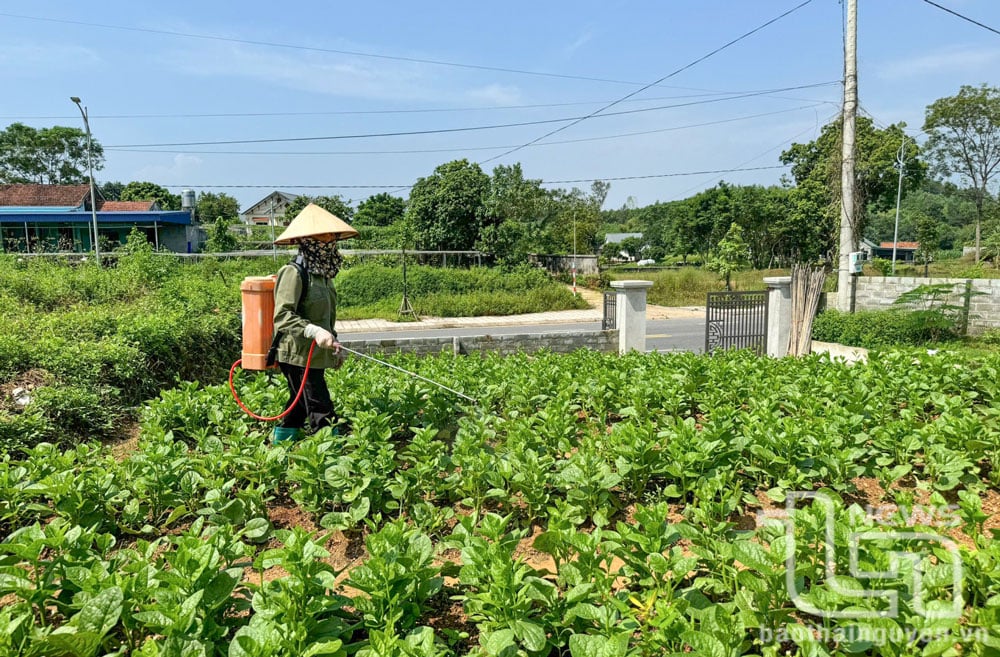

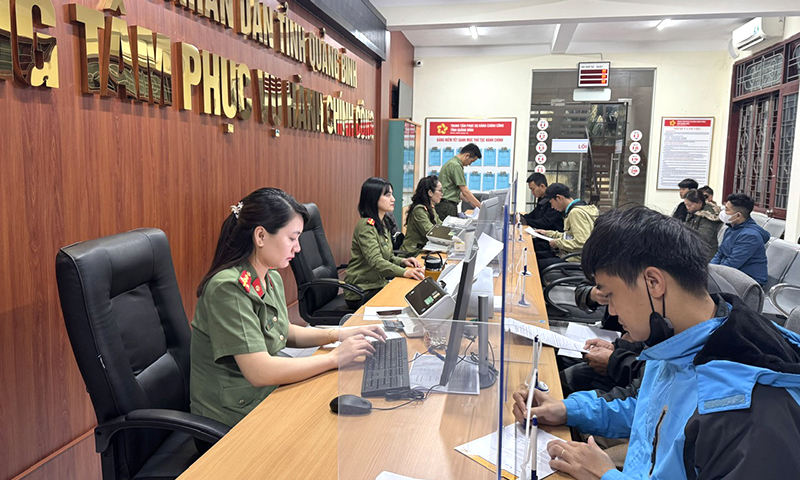
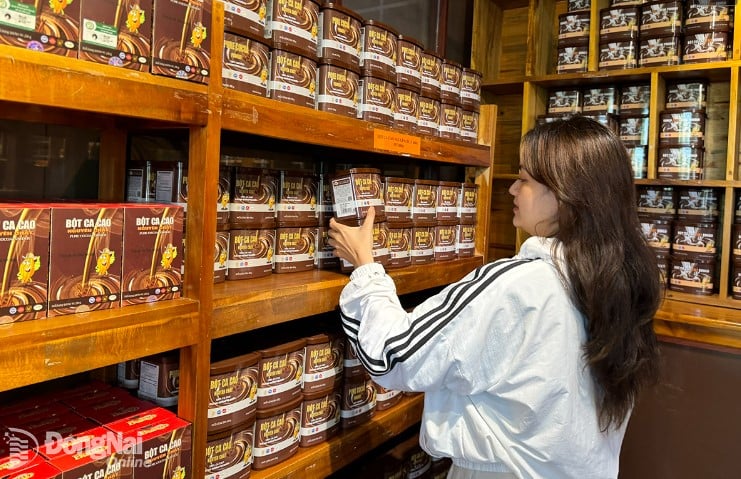







Comment (0)